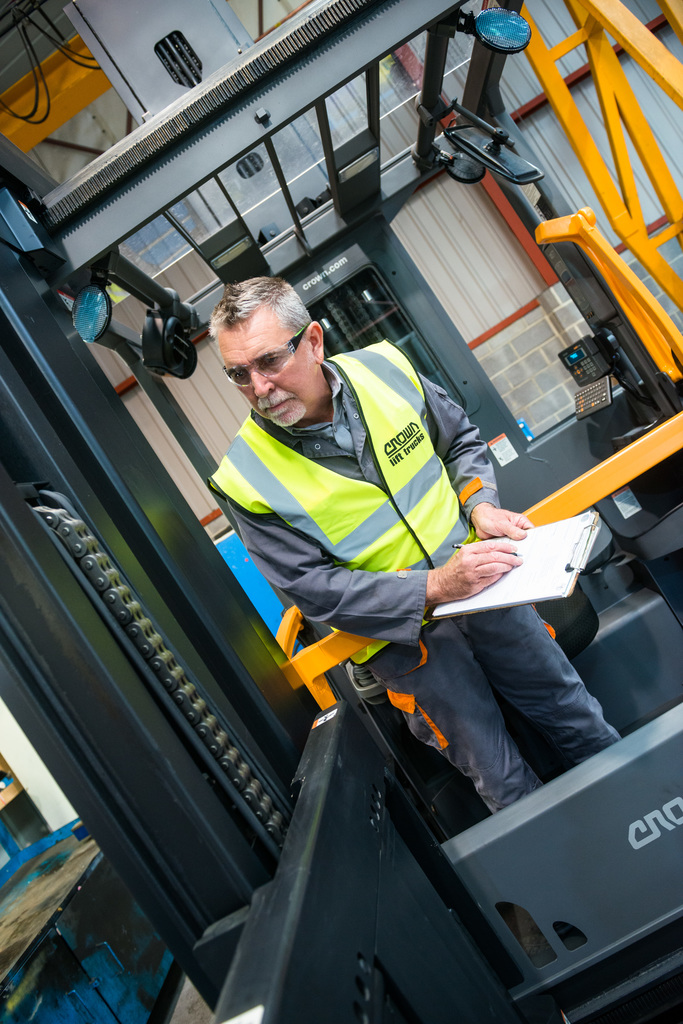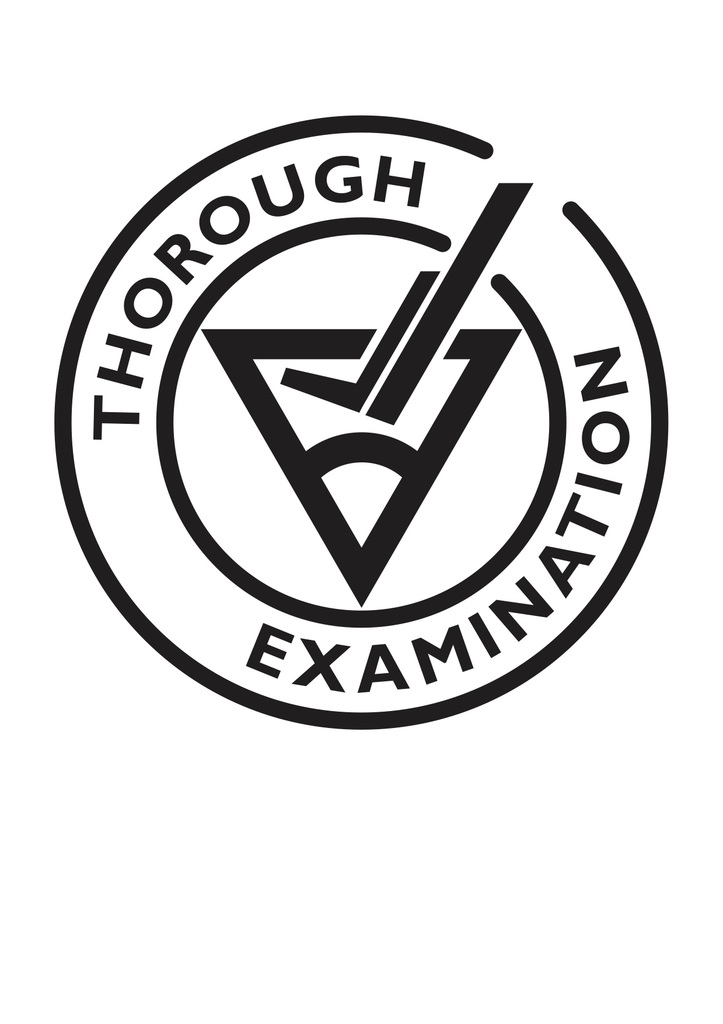| Home> | Lift trucks | >Counterbalance | >One-stop compliance |
| Home> | Lift trucks | >Fleet management | >One-stop compliance |
| Home> | Lift trucks | >Warehouse | >One-stop compliance |
One-stop compliance
06 November 2018
CFTS Chairman Geoff Martin reflects on the 20th anniversary of the introduction of the LOLER and PUWER regulations.

The Provision and Use of Work Equipment Regulations (PUWER) and the Lifting Operations and Lifting Equipment Regulations (LOLER) were created to implement the EU’s changes to the Use of Work Equipment Directive (AUWED).
The legislation aims to make working life safer for everyone using and coming into contact with equipment.
But there has been a lack of clarity.

While LOLER addresses the forklift’s lifting mechanism, including the mast, forks and chains, PUWER covers the truck’s safety-critical components, including brakes and steering.
Because forklift trucks must meet both sets of requirements, there is room for interpretation.
Without an agreed standard for the crucial checks required, such as we see in the automotive MOT, employers may assume their truck complies with both.
Having identified the issue early on, the UK’s two leading authorities on lift truck operations, BITA (British Industrial Truck Association) and FLTA (Fork Lift Truck Association) joined forces.
In 2004, they launched CFTS with a view to establishing a scheme ensuring simple ‘one-stop’ compliance for any company operating lift trucks.

- Record fines warning
- Don’t let Thorough Examinations leave you exposed
- Take responsibility for Thorough Examination
- Is your site damaging your equipment?
- Watch for knock-on effects
- Ecobat project manager joins CFTS board
- Get the whole story
- Chas Day honoured for services to fork lift truck industry
- Crown MD joins CFTS Board
- Geoff Martin appointed CFTS Chairman












/GRABOMATIC LOGO-tn.jpg)
















